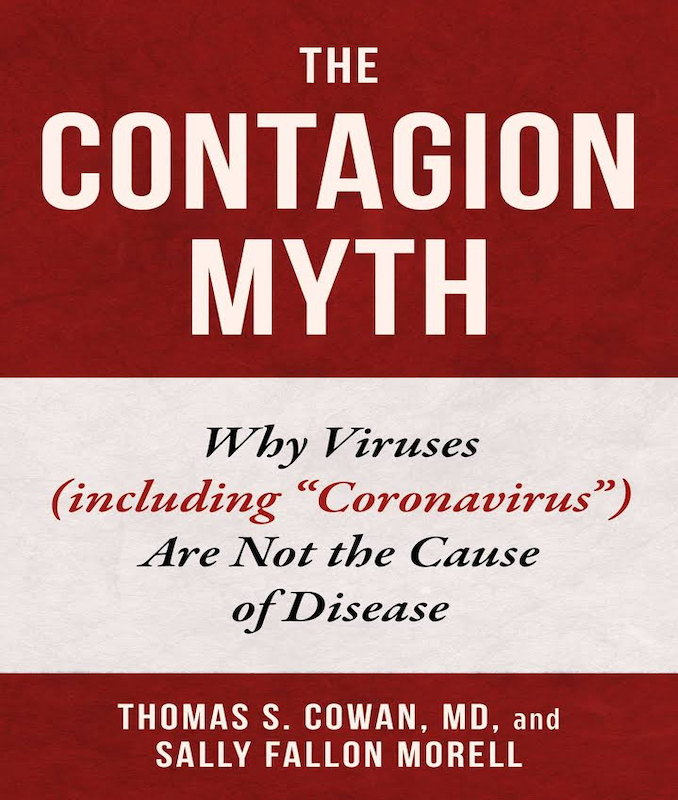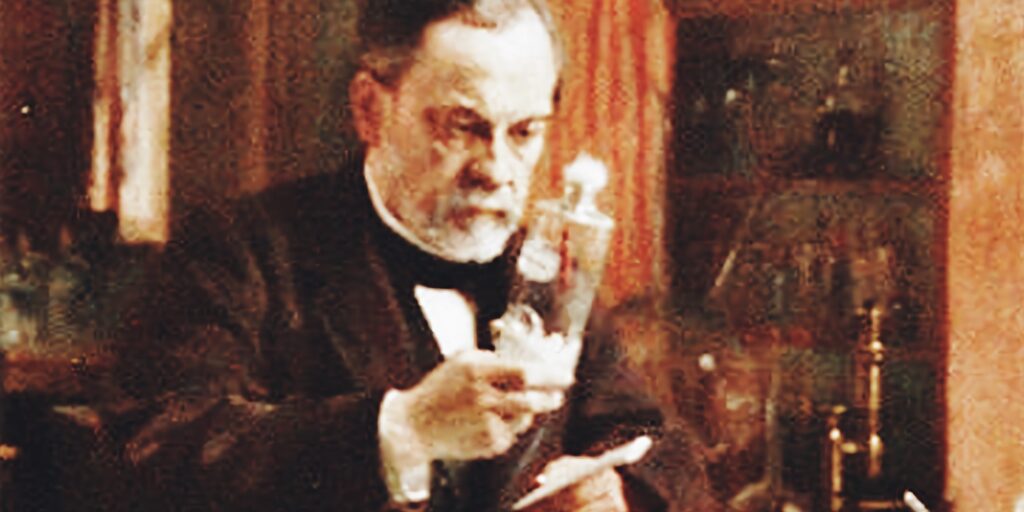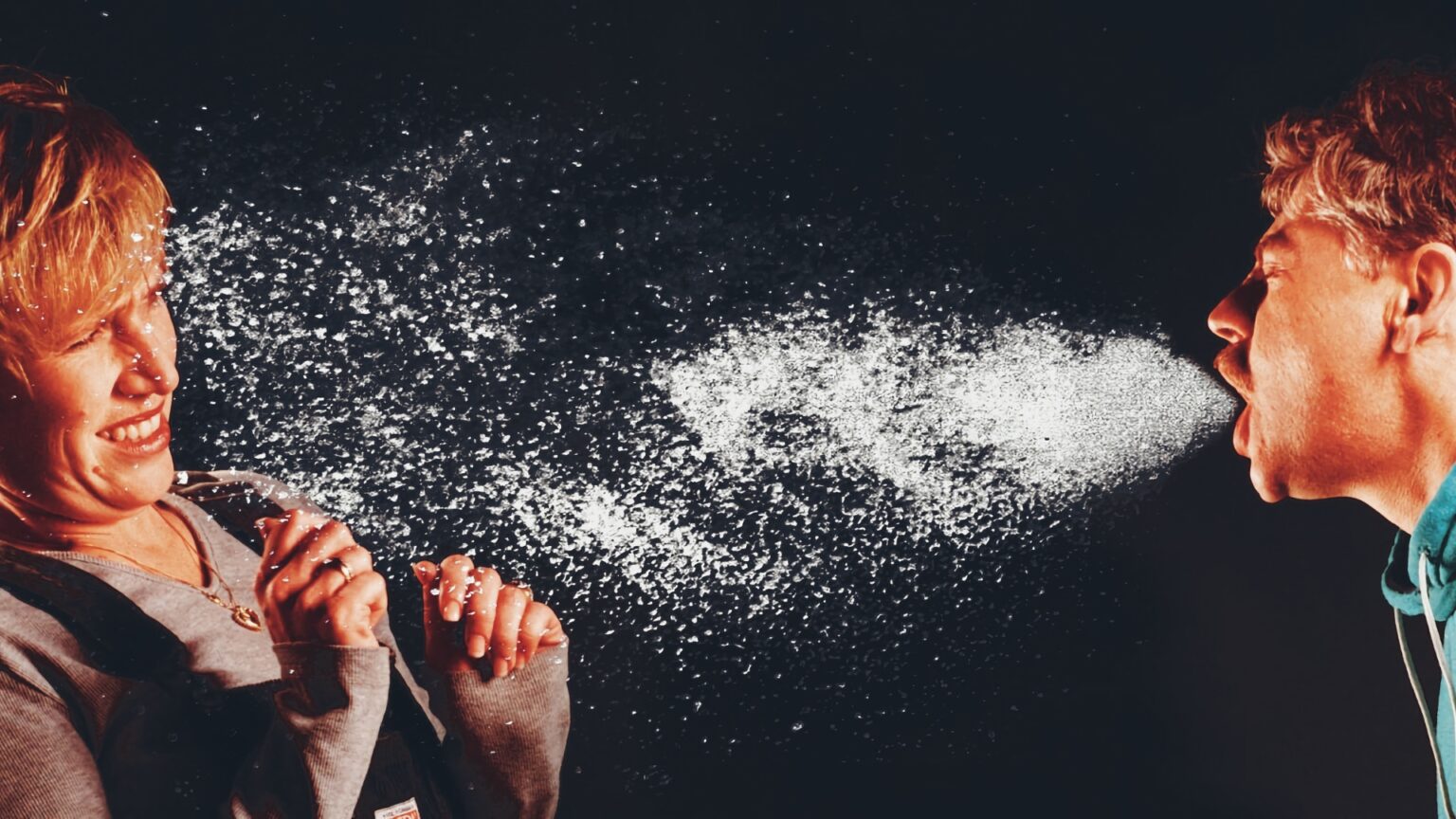Contagion is a word that basically means ‘how easily a sickness can spread from one person to another’.
Think of it like this. Imagine a toy that can stick to things, like one of those sticky hands we all had as a child. If you touch something with the sticky hand and then touch another thing or another person, you can pass the stickiness to them.
That’s kind of how contagion works.
When somebody is sick with a ‘contagious illness’, like Covid™, the germs that make them sick can move from their body to another person’s body. This happens when the sick person coughs, sneezes, talks, or doesn’t wear a thin cotton mask while driving alone in the car.
The tiny droplets, apparently, carry the germs.
Contagion is a myth
Tom Cowan, doctor and co-author of The Contagion Myth, disagrees.

The book presents quite a departure from the conventional understanding of germ theory. They argue that viruses, including SARS-CoV-2, are not the cause of disease.
Let food be thy medicine and medicine be thy food.
Hippocrates
Questioning Pasteur
The book rips apart the work of Louis Pasteur, who is pretty much the father of germ theory and the foundation of modern medicine’s approach to disease. The authors show that microorganisms are not responsible for illness.

Pasteur’s research was fundamentally flawed and fraudulent.
The book suggests that his studies, which claimed to isolate bacteria as the cause of various diseases, were manipulated; Pasteur’s laboratory notebooks (which were kept private during his lifetime and later published) revealed inconsistencies in his experiments.
Electricity, radiation, and disease
Cowan and Fallon explore the relationship between electricity and disease.
They discuss how early medical treatments using electricity often had harmful effects. Plus, they highlight the alignment of flu pandemics with the advent of electricity. For example, the 1889 flu outbreak coincided with the start of the electrical era. Symptoms similar to modern chronic fatigue syndrome were noted, meaning a possible link between health and electromagnetic exposure.
Another example is the Spanish flu during World War I, which saw a rise in antenna installations and a subsequent increase in flu cases. This example extends to modern times, such as the spread of 5G networks.
Think about it.
Alternative explanations
Eastern medicine doesn’t focus on contagion. It talks about imbalances. There are four main causes of disease:
- Poisons and toxins in food, air, or water.
- Starvation or poor food quality.
- Physical injury to the body.
- Psychological trauma affecting health.
Toxins can come from bacteria, like in food poisoning. However, it’s not the bacteria but their toxins that make you sick. These toxins are bacteria waste. In a healthy person, this waste leaves the body through feces, urine, sweat, and breathing.
Pollution can cause imbalances in nature, leading to disease. For example, a polluted lake can lead to toxic algae growth. The algae isn’t the main problem; it’s the pollution. Diseases like cholera are caused by toxins from bacteria in dirty water, not the bacteria itself.
Dr Andrew Kaufman says streptococcus bacteria, often linked to strep throat, are normally in our throats. They don’t always cause illness. They might react to other issues like tissue injury or toxins. Antibiotics kill these bacteria, which could be helping to heal the body. This shows a problem in modern medicine’s approach, he argues.
It’s a paradigm shift of note.
Here’s my conversation with Tom.
The microbe is nothing, the terrain is everything.
Louis Pasteur




